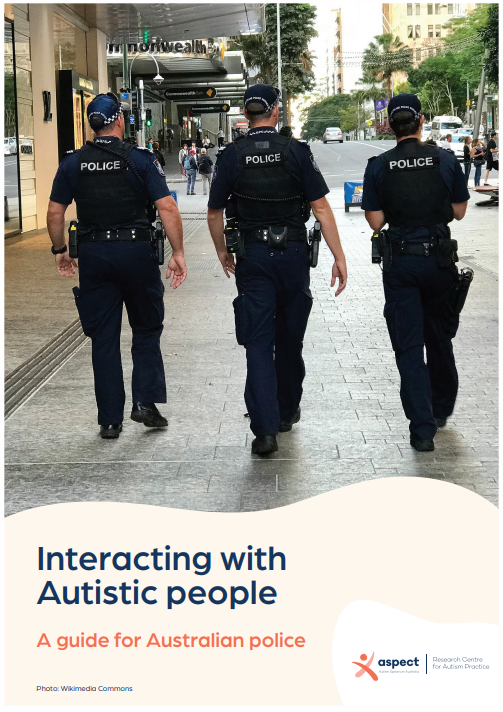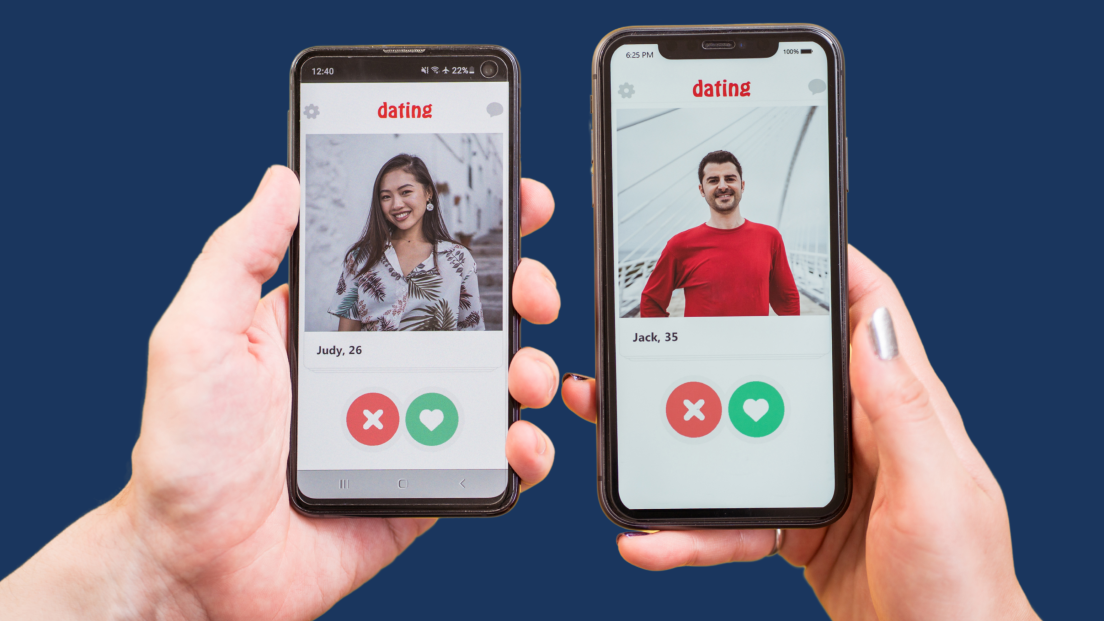*Scott was out for the day with his carer, enjoying himself, laughing and being a bit silly. He hadn’t broken any laws, but he did stand out – shaved head, shorts rolled high, bursts of giggles and the occasional out-of-context word. These weren’t signs of aggression or intoxication. They were just part of who he is, a young Autistic man, feeling happy and safe with someone he trusted.
But to the police who stopped him, the scene looked different. Without explanation, they pushed him against a wall and handcuffed him. To them, Scott’s behaviour was suspicious; to those who knew him, it was perfectly normal.
Scott’s story is a confronting example of how quickly unfamiliar behaviours can be misinterpreted, with serious consequences for Autistic people.
Unfortunately, Scott’s experience is far from unique. A study conducted by the Aspect Research Centre for Autism Practice (ARCAP) found that 62% of Autistic people were dissatisfied with their interactions with police, frequently describing misunderstandings and miscommunication during these encounters.
*Name has been changed.
New autism guide for police

To support safer and more positive interactions, ARCAP has developed Interacting with Autistic People: A Guide for Australian Police. The 12-page guide offers practical strategies to improve communication, recognise signs of autism, and foster respectful, safe and effective engagement. Topics include:
- About autism
- Autistic characteristics
- What can police do during general encounters?
- Interviewing Autistic people
- When Autistic people go missing.
The evidence-informed guide has been well received by police forces across Australia.
How you can use the guide
While the feedback from police is encouraging, we want to ensure the guide reaches as many officers as possible, especially those working on the front line. You can help by:

Sharing the guide
with your local police station or community policing team

Providing the guide
to community liaison officers or school resource officers

Including the guide
in Neighbourhood Watch or community safety meetings

Mentioning the guide
in training sessions or professional forums you attend

Circulating the guide
through local community or advocacy groups.
Every share helps increase awareness and understanding, creating safer and more positive interactions between police and Autistic people.
More about our research on the criminal justice system
Led by researchers, Dr Vicki Gibbs and Dr Abbey Love, ARCAP has extensive national and international expertise in autism and the criminal justice system.
One of our recent projects – Evaluation of an Autism and Countering Violent Extremism (CVE) Community of Practice for CVE Practitioners in Australia – was selected for Phase 2 of the National CVE Research Project, funded by the Australian Department of Home Affairs and supported by the AVERT Research Network.
In collaboration with Victoria University and the Western Australia Department of Health, our team will trial and evaluate a virtual Community of Practice to help CVE practitioners build confidence and skills in supporting Autistic individuals in the context of radicalisation concerns.



